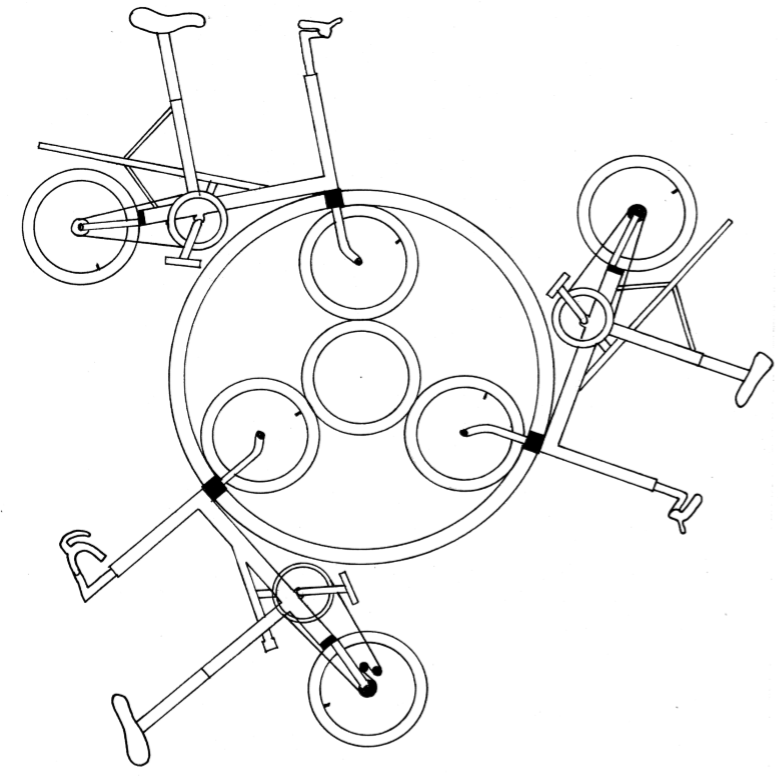Stripping Paint From a Bicycle Frame
If you were to send your dismantled frame to a company such as Redditch Shotblasters, they would remove all the paint by grit blasting. Following this process, the frame would have the perfect textured surface to accept a powder coated finish. Nevertheless, even if you are going down this route I think that there are advantages to removing the paint yourself and it only takes 2 or 3 hours in most cases. For one thing, you can inspect the frame as you go for rust or cracks. For another, the grit blasting needed will be far less and this must be kinder to the frame from the point of view of minimising erosion.
I once owned a Saracen Tuff Trax mountainbike that was the brightest red you could imagine- when it was new. After a few years of being kept in a sunporch, the colour had faded to a yucky pink, so I decided to paint it. On with the paintstripper; nothing happened. Several coats of stripper and a couple of hours passed and still nothing. I washed it off and the finish was unaffected. This, I assume, was a powder-coated paint. Years later, when working as a bicycle assembler, I saw the quick way to take off this type of paint finish. A roaring gas blowtorch melted and burnt away the polymer followed by a second trip through the sand blasting box to clean the frame up again.
This area of the site is about painting frames at home, in which case there is no alternative to stripping the paint off yourself. My preferred method is to use a chemical paint stripper (Nitromors and Mangers are effective on bicycle enamel) and an old chisel that is fairly blunt. It is kept especially for the task. I find that the sides of the tool are just as adept at scraping paint off as the tip. The corners are good for getting into internal corners at the seams of frame joints. Frequently the top coat of paint will be harder to remove than the softer undercoats and you will find that two or three applications of paintstripper are needed. I have sometimes used wirewool as an applicator on the undercoats.
The Moulton Mk3 frame that is presented in the slideshow has a top coat of laquer, under which is a clour coat of metallic red. Under that is a coat of gold which reflects light through the colour coat giving enhanced sparkliness. Moulton used to call this type of finish "polychromatic", a word possibly invented by someone in marketing at Bradford-on-Avon. The bottom layer of paint on the Mk3 is a grey colour. So you see that Raleigh went to a lot of trouble to get an attractive finish on the frame. The purple frame below is the same one that was stripped in the slideshow, painted by Redditch. "Pop Purple" was a colour used by Raleigh on the Moulton Mini, so it is reasonable to think they could have painted the Mk3 in this shade if they had wanted to.



